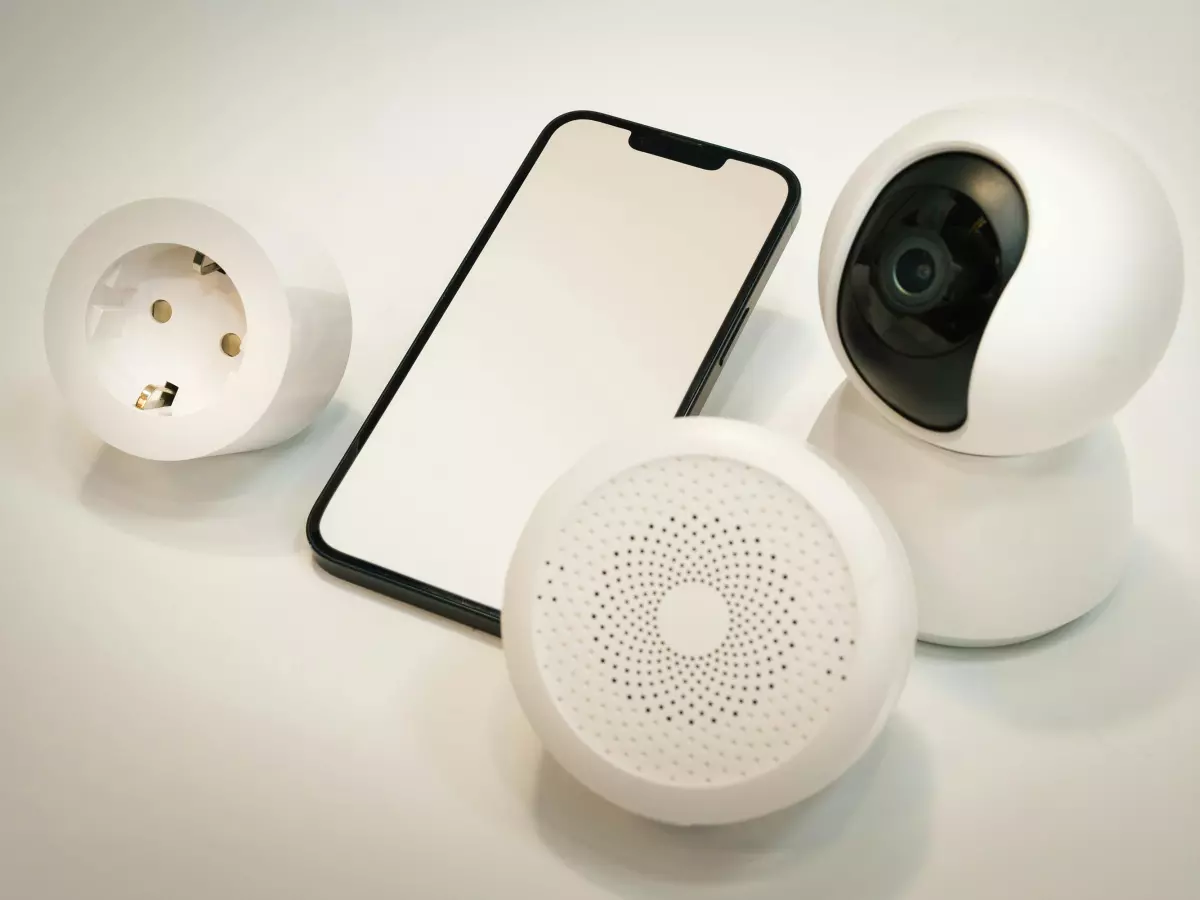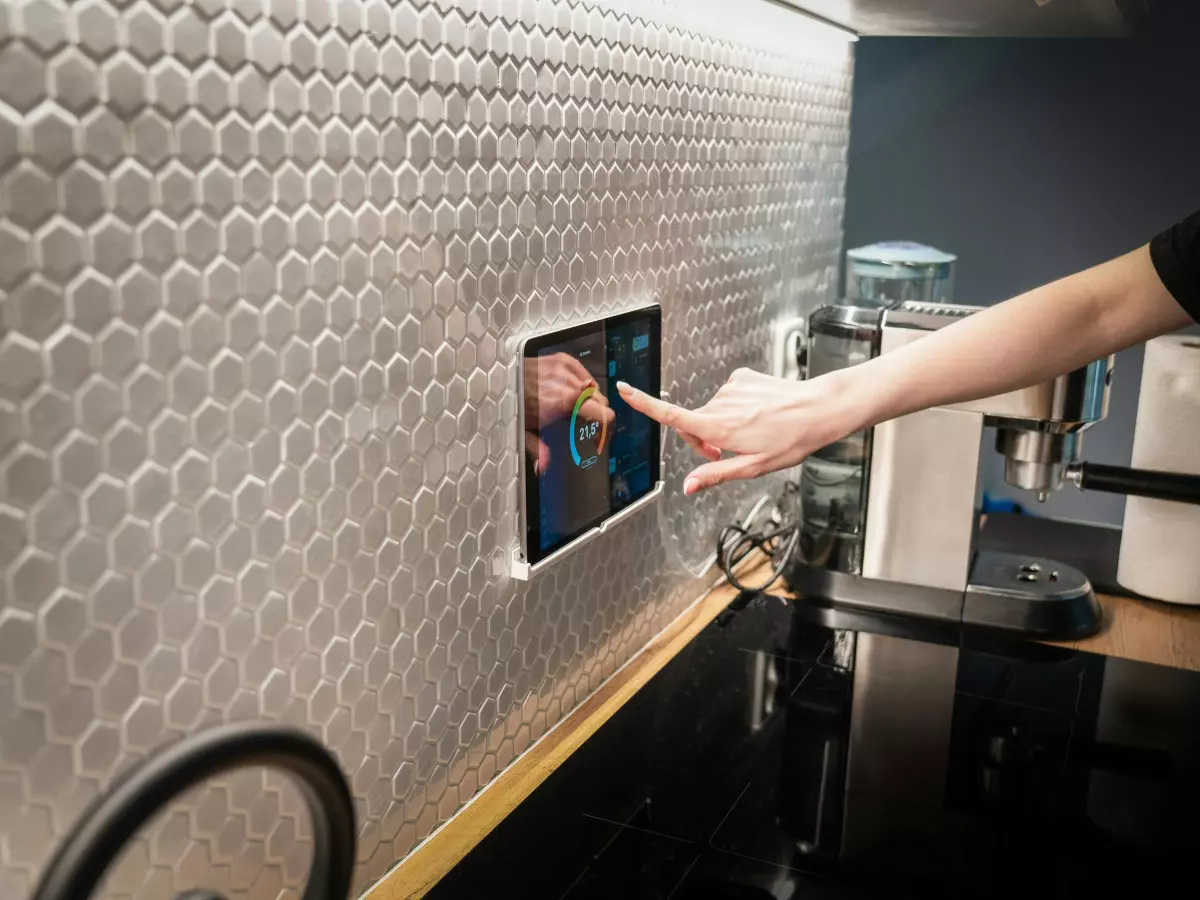Multi-Protocol Madness
Ever wondered why your smart home devices sometimes refuse to play nice with each other? It's not just you. The problem might be that they’re speaking different languages.

By Carlos Martinez
Imagine trying to host a dinner party where half your guests only speak French, and the other half only speak Mandarin. No matter how fancy your food is, communication is going to be a disaster. That’s exactly what’s happening in many smart homes today. Devices are speaking different protocols, and without a common translator, things can get messy.
In the world of smart homes, protocols are the languages devices use to communicate. And just like in our dinner party metaphor, if your smart thermostat speaks Zigbee and your smart lightbulb speaks Z-Wave, they might not understand each other. Enter multi-protocol support: the key to getting all your devices on the same page.
What Are Smart Home Protocols Anyway?
Before we dive into why multi-protocol support is essential, let’s break down what these protocols actually are. In simple terms, a protocol is a set of rules that devices follow to communicate with each other. Think of it like a language—English, Spanish, Morse code, whatever. In the smart home world, the most common protocols include Wi-Fi, Zigbee, Z-Wave, Bluetooth, and Thread.
Each protocol has its own strengths and weaknesses. For example, Wi-Fi is great for high-bandwidth tasks like streaming video from a security camera, but it’s not always the most reliable for low-power devices like sensors. Zigbee and Z-Wave, on the other hand, are designed for low-power, low-bandwidth devices and work well for things like smart locks and light switches.
But here’s the catch: not all devices speak the same protocol. And that’s where the trouble starts.
The Problem with Single-Protocol Devices
Let’s say you’ve invested in a bunch of smart devices for your home. You’ve got a smart thermostat, some smart lights, maybe even a smart doorbell. But when you try to get them all to work together, you hit a wall. Why? Because they’re all speaking different protocols.
For example, your smart thermostat might use Wi-Fi, while your smart lights use Zigbee. Without a hub or some kind of bridge to translate between these protocols, your devices won’t be able to communicate. And even if you do have a hub, it might not support all the protocols your devices use.
This is where multi-protocol support comes in. Devices that support multiple protocols can act as translators, allowing different devices to communicate with each other seamlessly. It’s like having a multilingual guest at your dinner party who can translate between French and Mandarin.
Why Multi-Protocol Support Is the Future
As smart homes become more complex, the need for multi-protocol support is only going to grow. Here’s why:
- Interoperability: The more devices you add to your smart home, the more likely it is that they’ll use different protocols. Multi-protocol support ensures that all your devices can work together, regardless of the protocol they use.
- Future-Proofing: The smart home market is constantly evolving, and new protocols are being developed all the time. Devices that support multiple protocols are more likely to be compatible with future technologies, making them a better long-term investment.
- Flexibility: Multi-protocol devices give you more flexibility when choosing new devices for your home. You won’t be limited to devices that use a specific protocol, which means you can choose the best device for your needs, regardless of the protocol it uses.
How Multi-Protocol Devices Work
So how do multi-protocol devices actually work? In most cases, they have multiple radios built in, each one dedicated to a different protocol. For example, a smart hub might have one radio for Zigbee, one for Z-Wave, and one for Wi-Fi. This allows the hub to communicate with devices that use any of these protocols.
Some devices also use software to bridge the gap between protocols. For example, a smart speaker might use software to translate between Zigbee and Wi-Fi, allowing it to control both types of devices.
In some cases, multi-protocol support is built into the device itself. For example, some smart lightbulbs can communicate using both Zigbee and Bluetooth, giving you more options for controlling them.
The Role of Hubs and Bridges
While multi-protocol devices are becoming more common, hubs and bridges still play a crucial role in many smart homes. A hub is a device that connects all your smart devices and allows them to communicate with each other. Most hubs support multiple protocols, which means they can act as translators between devices that use different protocols.
For example, the popular SmartThings hub supports Zigbee, Z-Wave, and Wi-Fi, allowing you to connect devices that use any of these protocols. Similarly, the Philips Hue Bridge allows you to control Zigbee-based Hue lights using Wi-Fi.
While hubs and bridges can be a bit of a hassle to set up, they’re often the best solution for getting devices that use different protocols to work together.
Challenges of Multi-Protocol Support
Of course, multi-protocol support isn’t without its challenges. For one thing, it can be more expensive to produce devices that support multiple protocols, which means they might cost more than single-protocol devices. Additionally, multi-protocol devices can be more complex to set up and manage, especially if you’re not familiar with the different protocols.
There’s also the issue of compatibility. Just because a device supports multiple protocols doesn’t mean it will work perfectly with every other device. In some cases, you might still need a hub or bridge to get everything working smoothly.
What’s Next for Smart Home Protocols?
As the smart home market continues to grow, we’re likely to see more devices with built-in multi-protocol support. We’re also likely to see more standardization across protocols, which could make it easier for devices to communicate without the need for hubs or bridges.
One promising development is the rise of the Matter protocol, which aims to create a unified standard for smart home devices. Matter is designed to work with existing protocols like Wi-Fi, Zigbee, and Thread, and it has the backing of major players like Google, Apple, and Amazon. If Matter lives up to its promise, it could make multi-protocol support less of a headache for consumers.
Conclusion: The Future is Multi-Protocol
In the end, multi-protocol support is the key to creating a truly seamless smart home experience. As more devices adopt this feature, we’ll see fewer compatibility issues and more flexibility when it comes to choosing the best devices for our homes. So, if you’re looking to future-proof your smart home, make sure to invest in devices that support multiple protocols. It’s like hiring that multilingual guest for your dinner party—everyone will get along a lot better.





